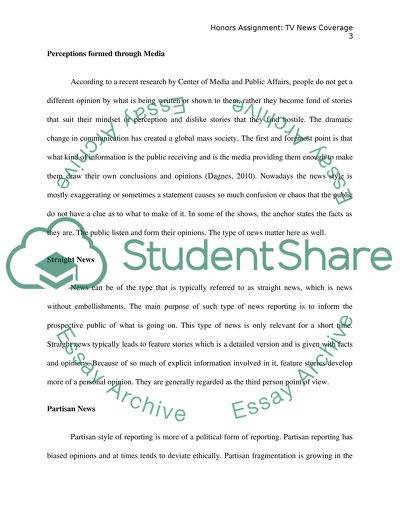Cite this document
(“Democratic Theory/Public Opinion: TV News Coverage Term Paper”, n.d.)
Retrieved from https://studentshare.org/environmental-studies/1410679-democratic-theory-public-opinion-tv-news-coverage
Retrieved from https://studentshare.org/environmental-studies/1410679-democratic-theory-public-opinion-tv-news-coverage
(Democratic Theory/Public Opinion: TV News Coverage Term Paper)
https://studentshare.org/environmental-studies/1410679-democratic-theory-public-opinion-tv-news-coverage.
https://studentshare.org/environmental-studies/1410679-democratic-theory-public-opinion-tv-news-coverage.
“Democratic Theory/Public Opinion: TV News Coverage Term Paper”, n.d. https://studentshare.org/environmental-studies/1410679-democratic-theory-public-opinion-tv-news-coverage.


